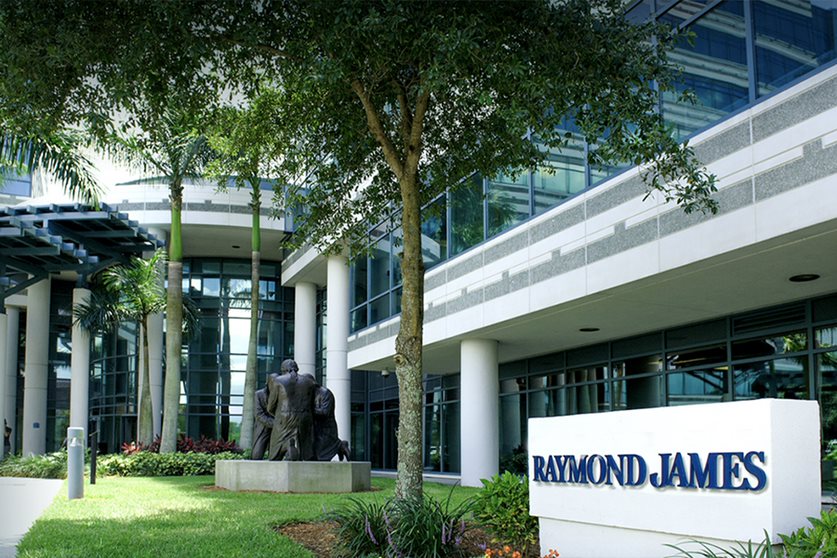Carlo Tortora Brayda, executive chairman of the Tortora Brayda Institute and co-founder of the National AI & Cybersecurity ISAO.
AI is revolutionizing the world today, especially cybersecurity. As criminals and attackers use AI more advanced and insidiously, we need to defend faster and brighter than ever. How do we do that as an industry, especially when so many companies do not have a fully fledged cybersecurity department?
This is where clarity on AI agents and agentic AI is required. These terms are not interchangeable. We need to clear that confusion.
AI Agents
AI agents are tools like ChatGPT, Gemini, Claude and Llama. When you ask them, they provide an innovative and effective response. They’re task-focused.
AI agents are already proven in cybersecurity today, especially in threat detection and monitoring, going through logs, looking for anomalies in user behavior or network traffic and using machine learning to eliminate false positives. They stay on script. The MITRE ATT&CK framework is central to agent effectiveness and mapping out attackers’ operations.
Agents are also capable of automated incident response, automatically quarantining phishing attempts and deploying patches independently and quickly. In vulnerability management, they help flag weaknesses and align you with the NIST CSF, ensuring compliance.
Agentic AI
Agentic AI trends much more toward artificial general intelligence (AGI) than AI agents do. It’s like your cybersecurity colleague (without a physical body). It’s goal-based and autonomous as opposed to task-focused. Once it achieves its goal, it does not need to be managed; it gets the job done.
You can have agentic AI entities automating your pen testing, engaging with systems like security information and event management (SIEM), endpoint user behavior analytics (EUBA) or dark web threat cyber exposure assessments. It can run cyber risk assessments and find where your cybersecurity posture is weak concerning standards like NIST CSF, CMMC, ISO 27001/5, HIPAA and many more, including the elusive OT controls.
Agentic AI can conduct remediation without your input unless you request it to check in periodically or before making any substantive decision. It will make changes and reallocate computing or human resources to improve your cybersecurity posture dynamically. Shortly, agentic AI might even be able to negotiate ransomware proactively or better than a human could.
Currently, when an attack hits, humans need to declutter from the fog of war, make sense of the attack and the risk, process everything in mind, contact colleagues, make phone calls, compose emails and let the family know they won’t be home for parental activities. They wait for responses, brief colleagues, set up courses of action and make a quick coffee. By then, the attacker’s ahead in the battle. Agentic AI’s ability to respond with lightning-fast speed becomes a lifesaver.
Agentic AI engages in proactive threat hunting, reallocating resources as an experienced strategic CISO could and shielding your most vulnerable assets. It also isn’t rigid; it can consider external factors such as market and geopolitical changes. It can stay abreast of the most active criminal groups’ modus operandi and dynamically change how you can expect and defend against these attacks.
The Future Of Cybersecurity
Undoubtedly, agentic AI is in its early days, but it will likely be at the top of most cybersecurity discussions as early as 2026 and will change the way we think about cybersecurity. As Microsoft CEO Satya Nadella stated in January 2025: “The agent will orchestrate across multiple SaaS applications. It will be kind of like humans are the swarm of agents. This is the next frontier.”
In virtual proving grounds, agentic AI will run nonstop simulations, stress-test defenses and adapt in real time. Centers of excellence will act as holistic security ecosystems. Agentic AI will act as a security leader, with a host of AI agents delivering agentic AI-driven tasks.
With Interpol database collaboration and knowledge of dark web chatter, agentic AI can better prepare for ongoing cyber battles. With critical infrastructure in the crosshairs, agentic AI will unite public and private players. For example, we cofounded the Cyber Eagle Project to create a global response movement and a total response platform that will unite all the leading software companies.
Preparing For The Future
Frameworks are just the start. As you plan out your cyber AI strategy, consider the following:
• Stay on top of your cyber risk assessments and know your weaknesses. Everyone has weaknesses.
• Assess the criticality of your data assets and protect them accordingly.
• Keep humans involved, especially on essential calls. We’re still relatively far from matching human intuition. For that reason, maintain diversity in your human technology team. Diverse backgrounds can be critical in cyberconflict situations.
• Consider accountability in advance, such as who is at fault when AI takes the wrong course of action.
Having these considerations in a policy manual will remove the stress of combating an attack. The last thing you want is for your defenders to act in fear of corporate repercussions.
With all of these changes in our ability to defend, we need to prize suppliers and AI partners that value privacy and transparency above all else.
The future of cybersecurity is already written, and agentic AI combined with AI agents, human experience and wisdom is the answer. We must embrace AI and lose the old-school skepticism. The Fourth Industrial Revolution is in full swing, and cybercriminals are taking full advantage. So should we.
Forbes Technology Council is an invitation-only community for world-class CIOs, CTOs and technology executives. Do I qualify?














